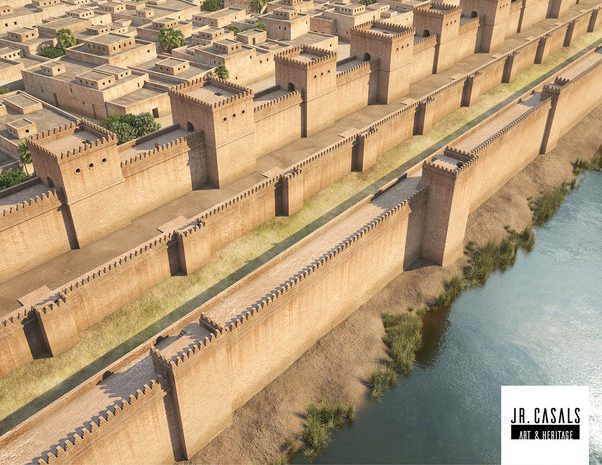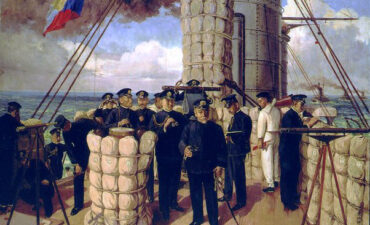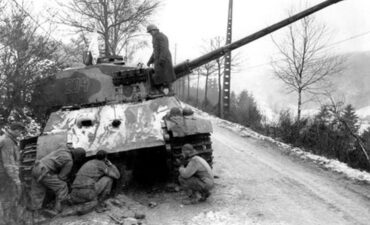Why was Constantinople so hard to conquer? Constantinople, the capital of the Byzantine Empire, was notoriously difficult to conquer for several reasons.
Strategic Location:
Constantinople was strategically located on a peninsula, surrounded by water on three sides (the Sea of Marmara, the Bosporus Strait, and the Golden Horn). This made it difficult to attack from multiple directions.
Massive Walls:
The city was protected by formidable defensive walls, particularly the Theodosian Walls. These triple-layered fortifications included a moat, an outer wall, and a massive inner wall, making direct assaults extremely challenging.
Naval Defenses:
The Golden Horn, a significant inlet of the Bosporus, was protected by a massive chain that could be raised to block enemy ships. Additionally, the Byzantines had a powerful navy capable of defending the city’s waterways.
Military Innovations:
The Byzantines used advanced military technology, such as Greek fire, a flammable liquid that could burn even on water, to defend against sieges.
Economic Resources:
As a major trading hub, Constantinople had vast economic resources to fund its defense and ensure a steady supply of provisions during sieges.
Diplomacy and Intelligence:
The Byzantines were skilled in diplomacy and espionage, often using alliances, bribes, and intelligence to undermine potential threats before they materialized.
Religious and Cultural Significance:
As a center of Christianity and the Byzantine Empire, Constantinople had significant symbolic and cultural importance, which motivated its defenders to protect it with great determination.
Despite these formidable defenses, Constantinople eventually fell to the Ottomans in 1453, primarily due to the use of advanced artillery, including massive cannons that breached the city’s walls, and the decline of Byzantine military and economic power.








